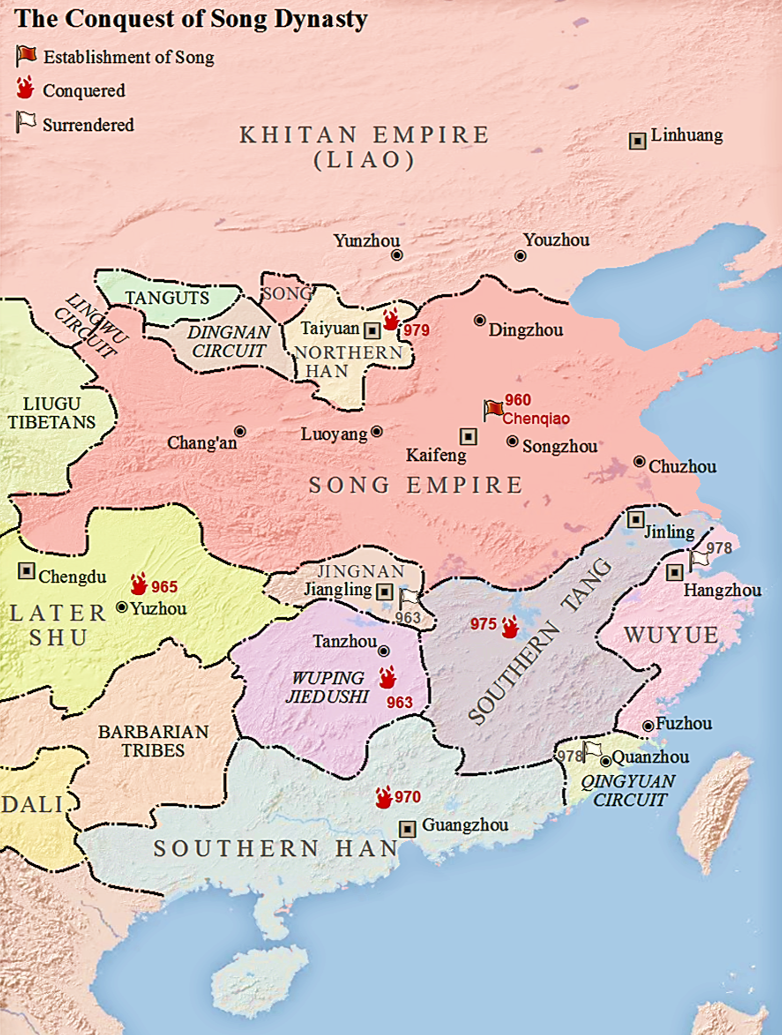
He was a key figure in establishing the new court aesthetic of combining Western style realism (as can be seen in the three-dimensional modeling of a face with light and shadow) with other traditions of brushwork ( F2000.4).Īrtists who painted as scholar-amateur artists had various goals and practices. Among them, Giuseppe Castiglione (1688–1766), also known as Lang Shining, was a favorite. Their representational techniques were greatly admired by the Qing emperors. Some of the painters were European Jesuit (jezh-oo-iht) a member of the Society of Jesus, a Roman Catholic religious order founded by Ignatius of Loyola.
#Last chinese dynasty professional
Talented professional painters who served in the palace workshops produced portraits, documentary and narrative images, copies of ancient masterpieces, and religious art they also undertook decorative projects for palace buildings. Other artists painted as an avocation and followed the style of scholar-amateur artists. Professional artists worked either at court or outside the court some, however, worked in both spheres. Qing customs of painting largely followed previously established traditions. These workshops remained in production for the rest of the dynasty. For some special ceramics, undecorated ceramic “blanks” were sent from Jingdezhen (jing-duh-juhn) to the Beijing workshops for painting. and textiles, were made in imperial workshops located outside of Beijing. Other arts, like porcelain a hard, fine-grained, nonporous ceramic ware that is usually translucent and white. Some workshops were in the palace, and much of the manufacture of lacquerware ( F1990.15a-e), enamel, jade, and carvings of ivory and organic materials occurred under court control. The Kangxi Emperor set up workshops for the manufacture of court arts, including paintings and three-dimensional objects, as well as arts for religious devotion. Some of the colors, notably pink, was in part a result of imperial admiration in the seventeenth century for European enamel objects with this palette that were brought to the court by the Jesuits. It turns into a glass-like texture, which also provides protection, when heat is applied. One Qing innovation was the production of exquisite wares painted with new colors and types of enamel an opaque (dark) paste that is used to add color to hard surfaces like metal. Some porcelains of the period displayed features that reflected Chinese-Western interactions. Close contact between the court and resident European Jesuits in China had a great effect on aspects of Qing art. use, for popular consumption, and for export.

An immense variety of porcelains was produced, which included those for imperial relating to an empire, an emperor, or the home of royals. industry reached a new height during the Qing dynasty and created some of the most splendid porcelains ever crafted. The ceramic pots and other articles made from clay hardened by heat. Three Qing emperors were responsible for the notable stability and prosperity the state of being wealthy or successful. The Qing (ching) dynasty, especially in the eighteenth century when the Qing empire was the largest and most prosperous in the world, saw prolific cultural and artistic achievements.

Simultaneously, the Manchu rulers maintained and promoted many Manchu customs at court and within the general populace.

In addition, the emperors were bilingual in Chinese and Manchu. For example, they employed a civil service examination system much like in previous Chinese dynasties to recruit Chinese government officials.
#Last chinese dynasty series
The Manchu rulers modeled many of their government practices on those of the previous Chinese Ming dynasty a series of rulers from a single family. They developed a style of rule befitting the multiethnic empire they commanded, of which the Chinese were the largest population. rule did not completely uproot the government of China or its social and cultural life instead, Manchu rulers selectively continued and adapted aspects of Chinese life they admired. In the seventeenth century CE, Manchu people conquered China and ruled there for more than 250 years. Manchu (man-choo) ethnic group that lived for centuries in the northeast of modern-day China. The Manchus forged alliances with certain Chinese and Mongol groups that aided their conquest of China. Their history, language, culture, and identity was distinct from the Chinese population, whom they conquered in 1644 when China was weakened by internal rebellions. (1644–1911) was founded by a northeast Asian people who called themselves Manchus. The Qing dynasty the last imperial dynasty of China, 1644–1911.


 0 kommentar(er)
0 kommentar(er)
